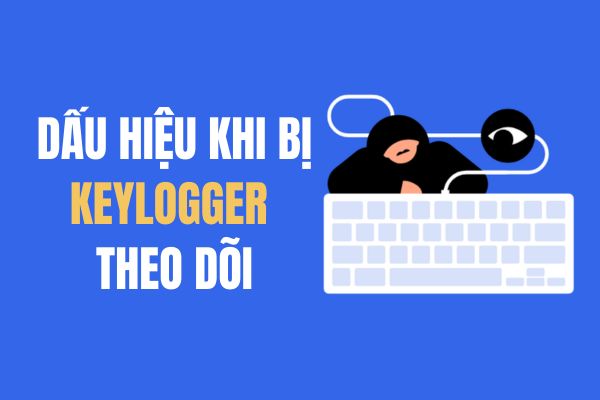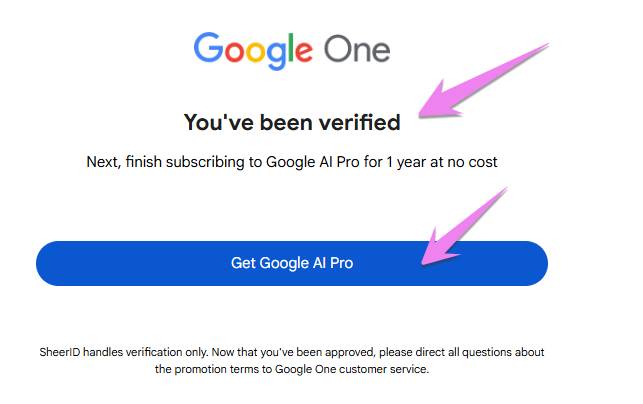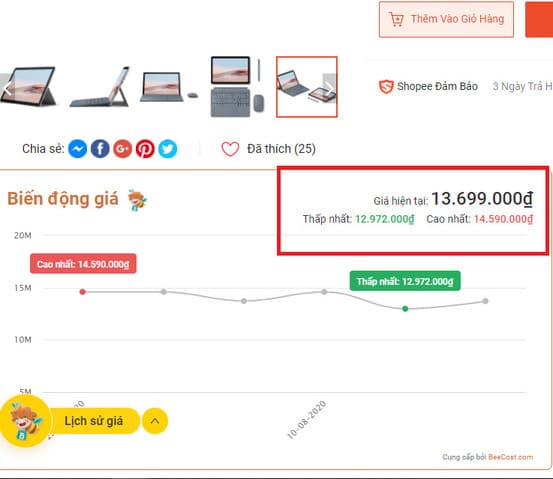If you don’t want someone to access your C: drive or any other drive on your computer. For fear of exposing learning materials, in this article, I will show you how to block drive access on Windows 10 without using any 3rd party software.
| Join the channel Telegram of the AnonyViet 👉 Link 👈 |

Ways to block drive access on Windows 10
Restrict access
First, you open the Run dialog box by pressing Windows + R and enter Gpedit.msc and then press the Enter key.

System Local Group Policy Editor is a tool that allows you to perform all kinds of procedures or access very useful tools on Windows 10. This tool may not be activated on some versions of Windows (if you are). Remember, it’s not available on Windows 10 Home), but you can still activate Gpedit with 3rd party software like Policy Plusan open source software on GitHub and allows you to add Gpedit.msc on any version of Windows 10.

You will have 2 options: Device Configuration and User Configuration.
- Open User Configuration
- Select Administrative templates
- Choose next Windows Components
- Double-click “File Explorer”
You will find all available functions and directives. What you have to do is go to the list and search for “Prevent access to drives from My Computer” and double-click it. The trick to search faster is that you just need to press the word “P” on the keyboard until the above item is found.
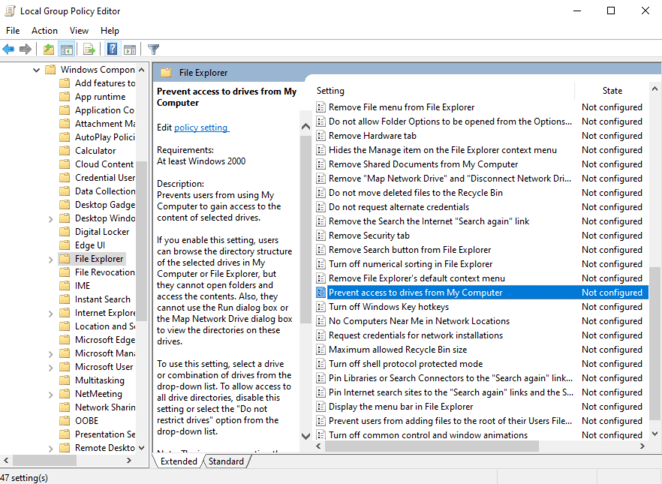
When you double click on that item, you will see the message “Not configured” and you will have to select “Enabled”. When you do, you can select the groups or individual drives to which you want to restrict access:
- Restrict only drives A and REMOVE
- Restrict only drive C
- Restrict drive D only
- Restrict only drives A, B, and C
- Restrict only drives A, B, C, and D
- Restrict all drives
- Do not restrict units (do not restrict drives at all)
You just need to choose the option you want, restrict only the C drive or all the drives on the computer. Windows explains these options as follows: “If you enable this option, users will be able to access the folder structure of the selected drives in My PC or File Explorer, but they will not be able to open files. folders or access their contents”.
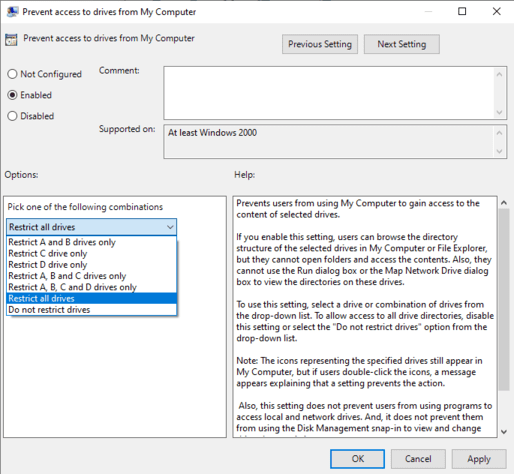
Once done, click the button Apply and then click OK to apply the changes. Now you can try to access the C drive or the drive that you have blocked access to. If everything goes well, you will see that Windows will display a message stating that the operation was canceled due to restrictions specified for this computer.
To go back to the original, simply use the same steps above and select “Do not restrict units” or simply select “Disabled”. If you don’t like restricting access because other people can still see your study materials (even though they can’t see them), you can try hiding the drive below.
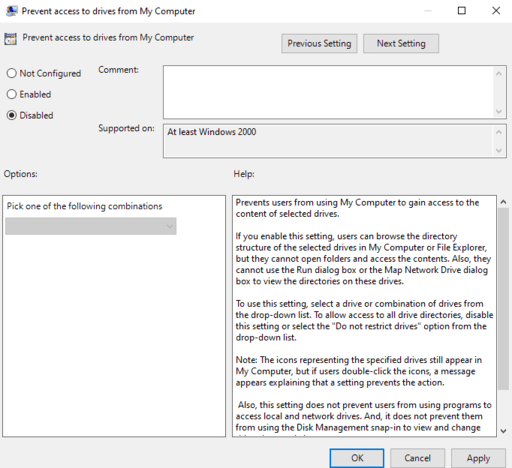
Hide drive
You can also hide the drive in Windows 10, not just “lock” it. What you do is not remove that drive but it just disappears so no one can get in.
- Open Start Menu and search for software “Disk Management”, choose the first one.
- Select the drive you want to hide.
- Then right-click and select “Change drive letter and paths”.
- Next press “Remove” to hide the drive.
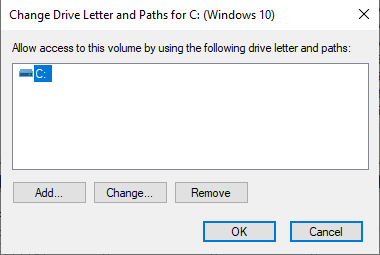
When you are done then restart Windows to finish. When you restart your computer, you will no longer see the drive you just hid. You don’t need to block access but it will “disappear”.
If you want the drive to appear again, simply select Add instead of Remove in step 4. Reboot again for the process to complete and you should see that the drive is back to normal.
Parental control
Parental controls in Windows 10 allow them to control the games, apps, or websites their kids visit, or you can limit how much time your kids spend. But you cannot restrict children from accessing the contents of the computer folder. Fortunately, you can block them in the ways that I have outlined above. Or you can also use child management software like Norton Family.


